As someone who has been deeply involved in the research, development, and application of TPE (Thermoplastic Elastomer) materials for years, I understand the challenges that come with manufacturing TPE products. One of the most common and frustrating issues is product shrinkage. Whether you’re a novice engineer or a seasoned professional, dealing with shrinkage can feel overwhelming. But don’t worry! In this article, I’ll dive into the reasons behind TPE product shrinkage, share practical solutions, and offer preventive measures based on real-world experience. My goal is to equip you with the knowledge and confidence to tackle this issue head-on.
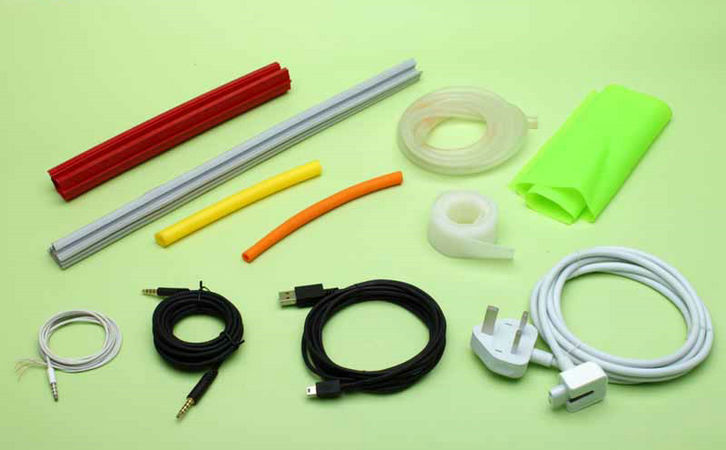
Why Do TPE Products Shrink? Understanding the Root Causes
TPE materials are prized for their excellent elasticity, weather resistance, and ease of processing, making them a go-to choice for applications in automotive parts, medical devices, consumer electronics, and more. However, shrinkage—where the product’s dimensions are smaller than designed—can be a persistent headache. In simple terms, shrinkage occurs when the material’s molecular chains contract during cooling, reducing its volume. But the underlying causes are often multifaceted.
In one project I worked on, we were manufacturing TPE sealing strips for a client who reported that the product dimensions were too small, affecting assembly. After thorough analysis, we traced the issue to mold design and processing parameters. Here are the main reasons for TPE product shrinkage based on my experience:
Material Properties: Different TPE grades have varying shrinkage rates, typically ranging from 0.5% to 2.5%. Failure to account for this during material selection can lead to dimensional inaccuracies.
Improper Mold Design: If the mold cavity doesn’t account for sufficient shrinkage allowance or if the gate placement is suboptimal, uneven material flow can exacerbate shrinkage.
Suboptimal Processing Parameters: Injection temperature, cooling time, and holding pressure settings can significantly influence shrinkage if not properly calibrated.
Product Structure Issues: Uneven wall thickness or overly complex designs can create localized stress, contributing to shrinkage.
Environmental Factors: Temperature and humidity in the production environment can subtly affect TPE molding outcomes.
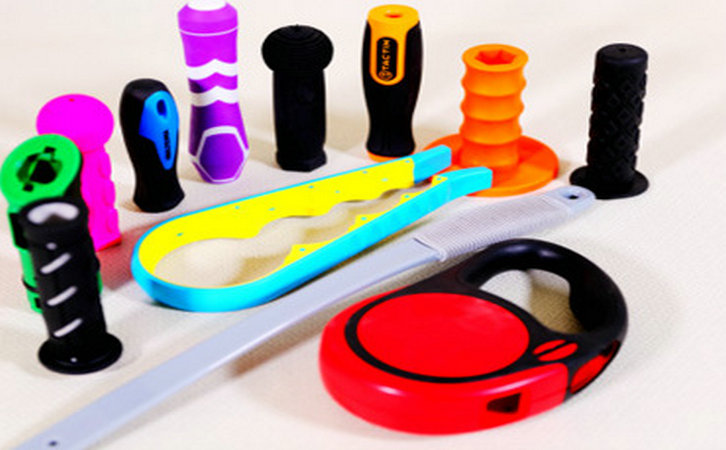
To make this clearer, I’ve compiled a table summarizing the causes and impact of TPE shrinkage:
| Cause of Shrinkage | Specific Manifestation | Impact Level |
|---|---|---|
| Material Shrinkage Rate | Volume reduction after cooling | High |
| Mold Design | Cavity size deviation, improper gate placement | High |
| Processing Parameters | Excessive/low temperature, insufficient cooling | Medium |
| Product Structure | Uneven wall thickness, complex geometry | Medium |
| Environmental Factors | Workshop humidity, temperature fluctuations | Low |
How to Effectively Address TPE Product Shrinkage?
When shrinkage occurs, resist the urge to haphazardly tweak parameters or switch materials—this often leads to wasted time and resources. Below, I outline a systematic approach to resolving TPE shrinkage, covering materials, molds, processing, and design.
1. Select the Right TPE Material
The shrinkage rate of TPE varies by grade. For instance, SEBS-based TPEs typically have lower shrinkage than TPU-based ones. Early in a project, I recommend consulting with your material supplier to obtain a detailed Technical Data Sheet (TDS) that specifies the shrinkage range. In one case I handled, a client’s TPU product was shrinking excessively because the material’s shrinkage rate was 2.2%, but the mold was designed with only 1.5% allowance. By switching to a TPU with a lower shrinkage rate and adjusting the mold, we resolved the issue.
Pro Tip: If you’re unsure about a material’s shrinkage rate, request a sample from the supplier for trial molding or conduct tests following the ASTM D955 standard.
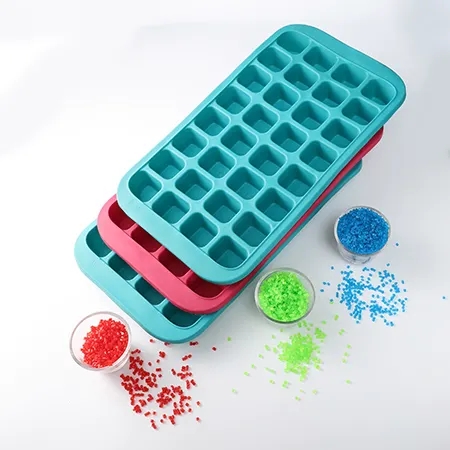
2. Optimize Mold Design
The mold is the blueprint for TPE product formation, and its design directly impacts shrinkage. Here are key considerations:
Account for Shrinkage Allowance: Add 0.5%–2.5% to the mold cavity dimensions based on the TPE’s shrinkage rate. The exact value should be determined through material data and trial molding.
Optimize Gate Placement: Position gates in thicker or less-stressed areas to ensure smooth material flow. I once encountered a case where a gate was placed in a thin-walled section, causing incomplete filling and severe shrinkage.
Incorporate Venting Slots: Poor mold venting can lead to air entrapment or localized shrinkage. Add venting slots (0.02–0.05mm) along the cavity edges.
3. Fine-Tune Processing Parameters
Processing parameters are critical for controlling shrinkage. Here are my go-to adjustments based on real-world experience:
Injection Temperature: TPEs are typically processed at 160–220°C. Excessively high temperatures can degrade the material, while low temperatures may cause incomplete filling. Start with the supplier’s recommended range and adjust gradually.
Holding Pressure and Time: Increase holding pressure (typically 50–80% of injection pressure) and extend holding time (2–5 seconds) to minimize shrinkage.
Cooling Time: Extend cooling time to ensure the material solidifies fully in the mold. This is especially critical for thick-walled products, where insufficient cooling is a common shrinkage culprit.
Mold Temperature: Maintain mold temperatures between 20–50°C. Overly high mold temperatures can lead to uneven cooling and shrinkage.
In a project involving TPE tubing for medical devices, we noticed significant shrinkage at the tube ends. By extending the holding time from 3 to 5 seconds and lowering the mold temperature from 40°C to 30°C, we drastically reduced shrinkage.
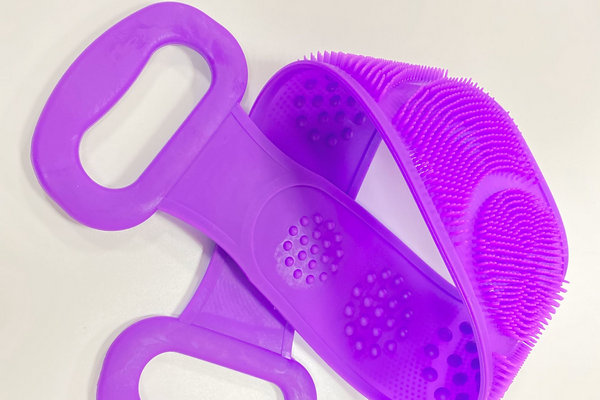
4. Improve Product Structure Design
Product design can also contribute to shrinkage, particularly with uneven wall thickness or complex geometries. Here are some tips:
Uniform Wall Thickness: Aim for consistent wall thickness, keeping variations within ±20%.
Add Reinforcing Ribs: Incorporate ribs in thin-walled areas to enhance structural stability and reduce localized shrinkage.
Optimize Corner Radii: Sharp edges can cause stress concentration. Design corners with a radius of at least 0.5mm.
5. Control the Production Environment
While environmental factors have a lesser impact, they shouldn’t be ignored. High workshop humidity can cause TPE to absorb moisture, affecting molding stability. I recommend maintaining workshop humidity at 50%–70% and temperatures at 20–25°C.
Preventing TPE Product Shrinkage: Proactive Measures
Addressing shrinkage is important, but preventing it from the outset is even better. Here are my top preventive strategies:
Conduct Thorough Trial Molding: Perform multiple trial runs before full-scale production to validate material, mold, and process compatibility.
Establish Standard Operating Procedures (SOPs): Document optimized processing parameters in an SOP to ensure consistency.
Maintain Molds Regularly: Mold surface wear or clogged venting slots can contribute to shrinkage. Inspect molds quarterly.
Train Operators: Ensure production staff are well-versed in TPE material properties and processing nuances to avoid human error.
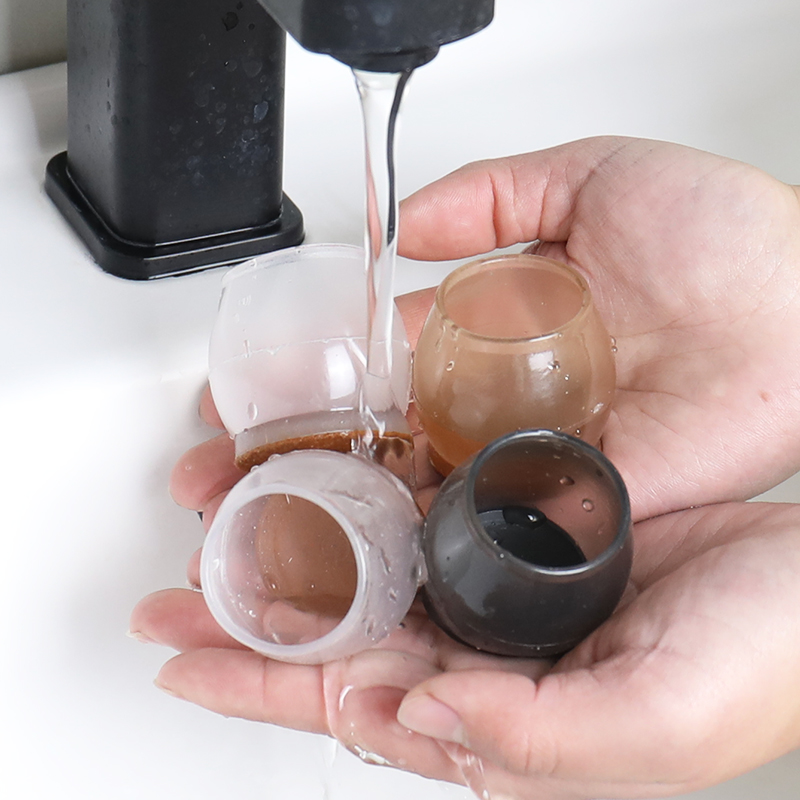
Real-World Case Study: From Shrinkage to Perfect Molding
To illustrate how to tackle shrinkage, let me share a real case. A client tasked us with producing a TPE phone case requiring high dimensional accuracy and a flawless surface. During initial trial molding, we noticed severe edge shrinkage, with dimensional deviations of 0.3mm—far exceeding the client’s ±0.1mm tolerance.
We addressed the issue through the following steps:
Material Adjustment: Collaborated with the supplier to switch to a lower-shrinkage SEBS-based TPE (from 1.8% to 1.2% shrinkage rate).
Mold Optimization: Changed the gate from a side gate to a fan-shaped gate to improve material flow and added venting slots at the mold edges.
Process Refinement: Reduced injection temperature from 200°C to 190°C and extended holding time from 2 to 4 seconds.
Design Tweaks: Increased the case’s edge wall thickness from 1.5mm to 1.8mm to reduce stress concentration.
After two rounds of trial molding, we achieved dimensional deviations within ±0.08mm, and the client was thrilled with the results. This experience underscored the importance of coordinated optimization across materials, molds, processes, and design.

FAQs: Addressing Your TPE Shrinkage Questions
To provide a well-rounded resource, I’ve compiled answers to some common questions about TPE product shrinkage:
Q1: Can shrunken TPE products be repaired?
A: Minor shrinkage can sometimes be corrected through secondary processing (e.g., hot pressing or material patching), but this is costly and less effective. It’s better to optimize materials and processes upfront to prevent shrinkage.
Q2: How can I quickly determine if shrinkage is due to material or process issues?
A: Conduct trial molding with different materials to compare shrinkage rates or adjust process parameters (e.g., holding time) with the same material. If switching materials improves shrinkage, it’s likely a material issue; if process tweaks help, it’s a process issue.
Q3: Where can I find shrinkage rate data for TPE materials?
A: Shrink-recorded in the supplier’s TDS or obtained through testing per the ASTM D955 standard.
Q4: Does shrinkage affect the performance of TPE products?
A: Minor shrinkage typically doesn’t impact performance, but severe shrinkage can cause dimensional mismatches or excessive internal stress, compromising durability.
Final Thoughts
TPE product shrinkage may seem daunting, but with a structured approach focusing on materials, molds, processes, and design, it’s entirely manageable. As an engineer with years of hands-on experience, I’ve learned that every challenge is an opportunity to refine your craft. I hope this guide empowers you to address TPE shrinkage confidently and efficiently. If you have further questions about TPE materials or processing, feel free to reach out—I’m happy to share more insights!





